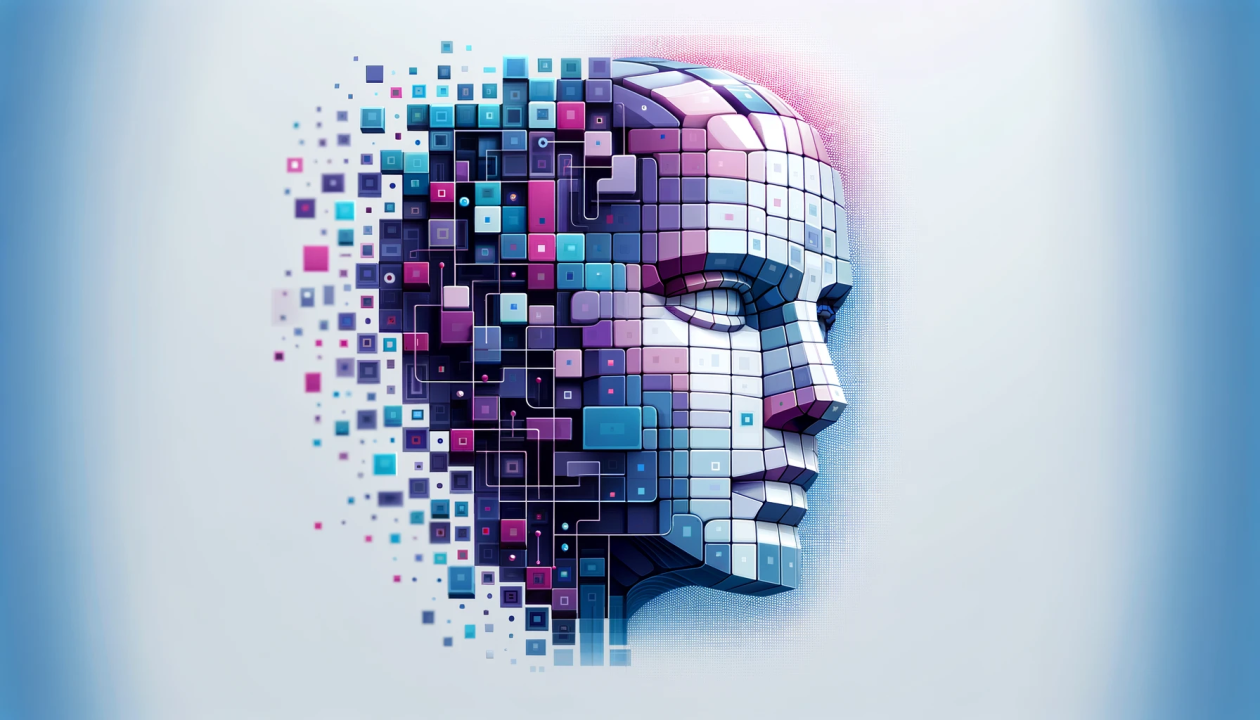Levels of AGI - A Framework to Understand the Path to Artificial General Intelligence
*This article summarises the research document "Levels of AGI: Operationalizing Progress on the Path to AGI" published by Google DeepMind.
Artificial General Intelligence (AGI) is a concept that has long captivated researchers and enthusiasts alike. But what exactly is AGI, and how can we measure progress toward achieving it? A recent paper by researchers from Google DeepMind introduces a groundbreaking framework that could redefine how we think about and track advancements in AGI.
Understanding AGI
AGI refers to an AI system that matches or surpasses human capabilities across a wide range of tasks.
While this idea has traditionally been more of a philosophical debate, rapid advancements in machine learning have brought it closer to practical reality. Some experts argue that the "sparks" of AGI are already visible in today's advanced AI models. Yet, the challenge remains: how do we define and measure AGI?
Introducing the Levels of AGI Framework
The researchers from Google DeepMind propose a framework that categorises AGI based on performance and generality. This approach, similar to the levels of autonomous driving, offers a structured way to evaluate and communicate the progress and risks associated with developing AGI.
Here are the key principles of their proposed framework:
- Focus on Capabilities, Not Mechanisms: The framework emphasises what AGI can do rather than how it does it, allowing for a more objective assessment.
- Separate Generality and Performance: By evaluating these aspects independently, the framework provides a clearer picture of an AI system's abilities.
- Define Stages on the Path to AGI: Instead of focusing solely on the endpoint, the framework identifies intermediate levels, helping to track incremental progress.
The Levels of AGI
The framework introduces several levels of AGI, each characterised by the depth (performance) and breadth (generality) of capabilities:
- Level 0: No AI - Basic tools like calculators.
- Level 1: Emerging AGI - Systems with capabilities comparable to unskilled humans in specific tasks, such as current language models like ChatGPT.
- Level 2: Competent AGI - AI systems performing at least as well as the median skilled adult.
- Level 3: Expert AGI - AI systems performing in the top 10% of skilled adults.
- Level 4: Virtuoso AGI - AI systems performing in the top 1%.
- Level 5: Superhuman AGI (ASI) - AI systems surpassing all human performance.
The Importance of a Living Benchmark
To truly measure progress, the researchers stress the need for a living benchmark—an evolving set of tasks that reflect real-world challenges. This benchmark should include a diverse array of cognitive and s tasks to ensure comprehensive evaluation.
Balancing Progress and Risk
One of the most insightful aspects of this framework is its potential to assess risks at various stages of AGI development. By understanding where a system stands in terms of capabilities and autonomy, we can better anticipate and mitigate potential dangers, whether they are economic disruptions or more severe existential risks.
Human-AI Interaction
The framework also underscores the importance of human-AI interaction paradigms. As AI systems become more capable, the way we interact with them will need to evolve. The researchers propose six levels of autonomy to guide these interactions, from AI as a simple tool to AI as a fully autonomous agent.
Conclusion
The Levels of AGI framework from Google DeepMind is a significant step forward in operationalising the concept of AGI. By providing a structured way to evaluate and track progress, it offers a clearer path to understanding and achieving AGI. This framework not only advances our technical goals but also helps ensure that the development of AGI remains safe and beneficial for society.
As we stand on the brink of remarkable technological advancements, frameworks like this are essential to guide our progress responsibly. Whether you're an AI researcher, a tech enthusiast, or a business leader, understanding these levels can provide valuable insights into the future of AI and its potential impact on our world.
Join the Conversation: What do you think about the Levels of AGI framework? How do you see it impacting the development of AI in the coming years? Share your thoughts!
Thanks for reading!
I hope you found this helpful.✌🏼
Unlock growth with my expert consulting services in AI Adoption & Transformation, Leadership & Strategy, and Engineering & QA.
